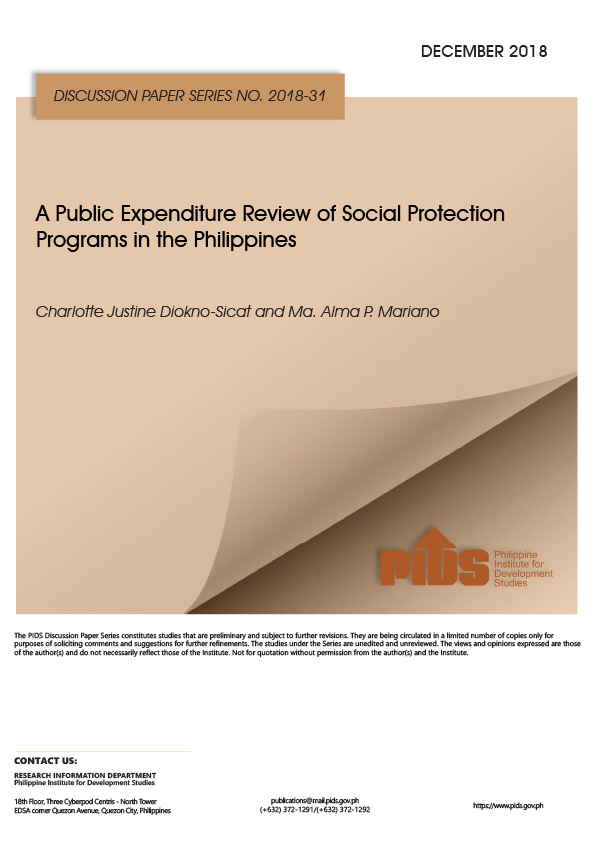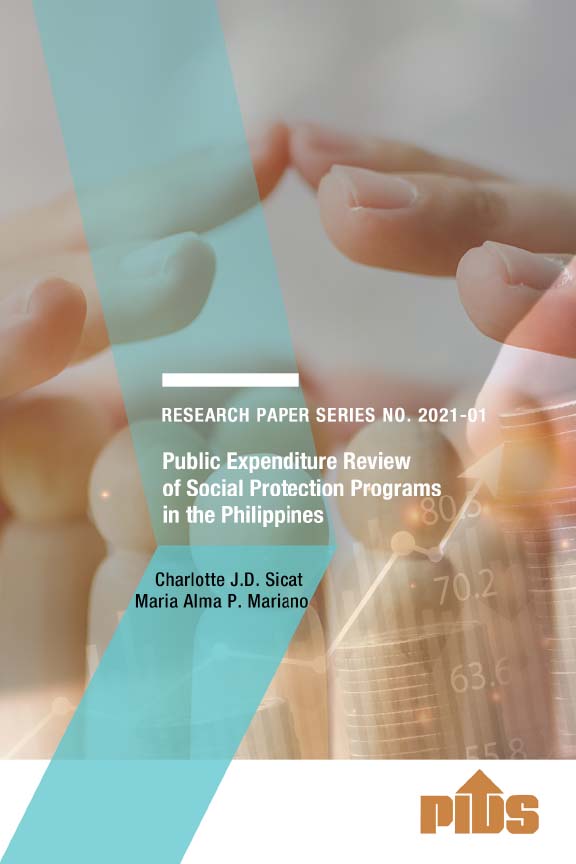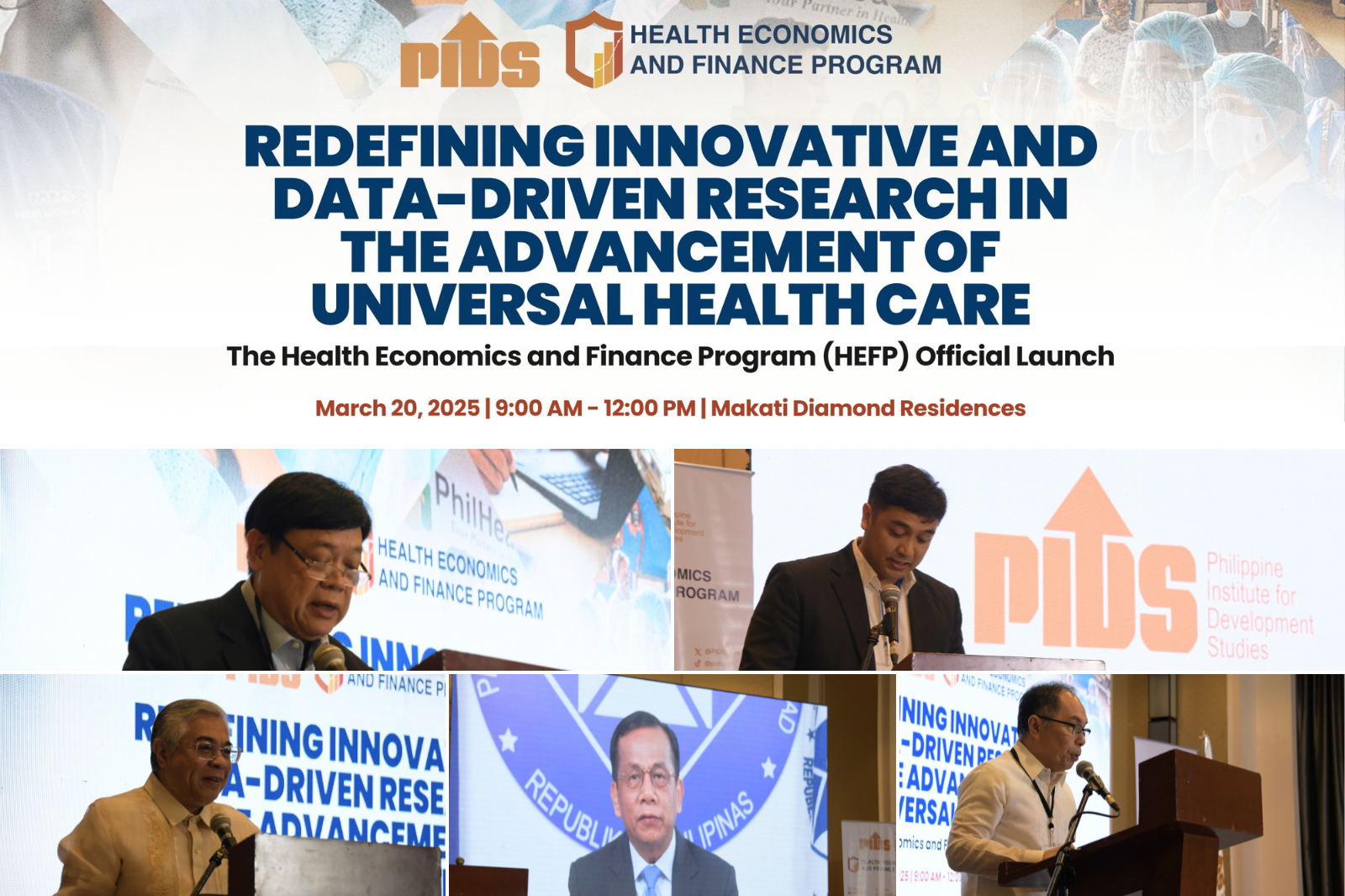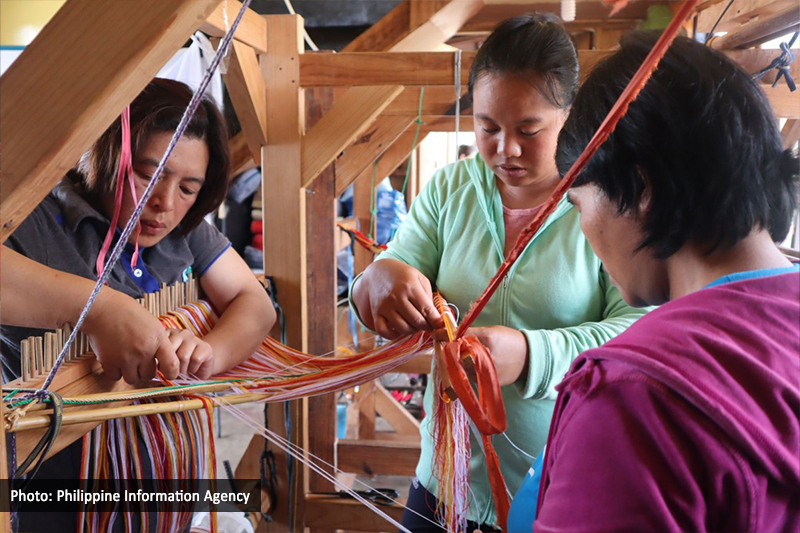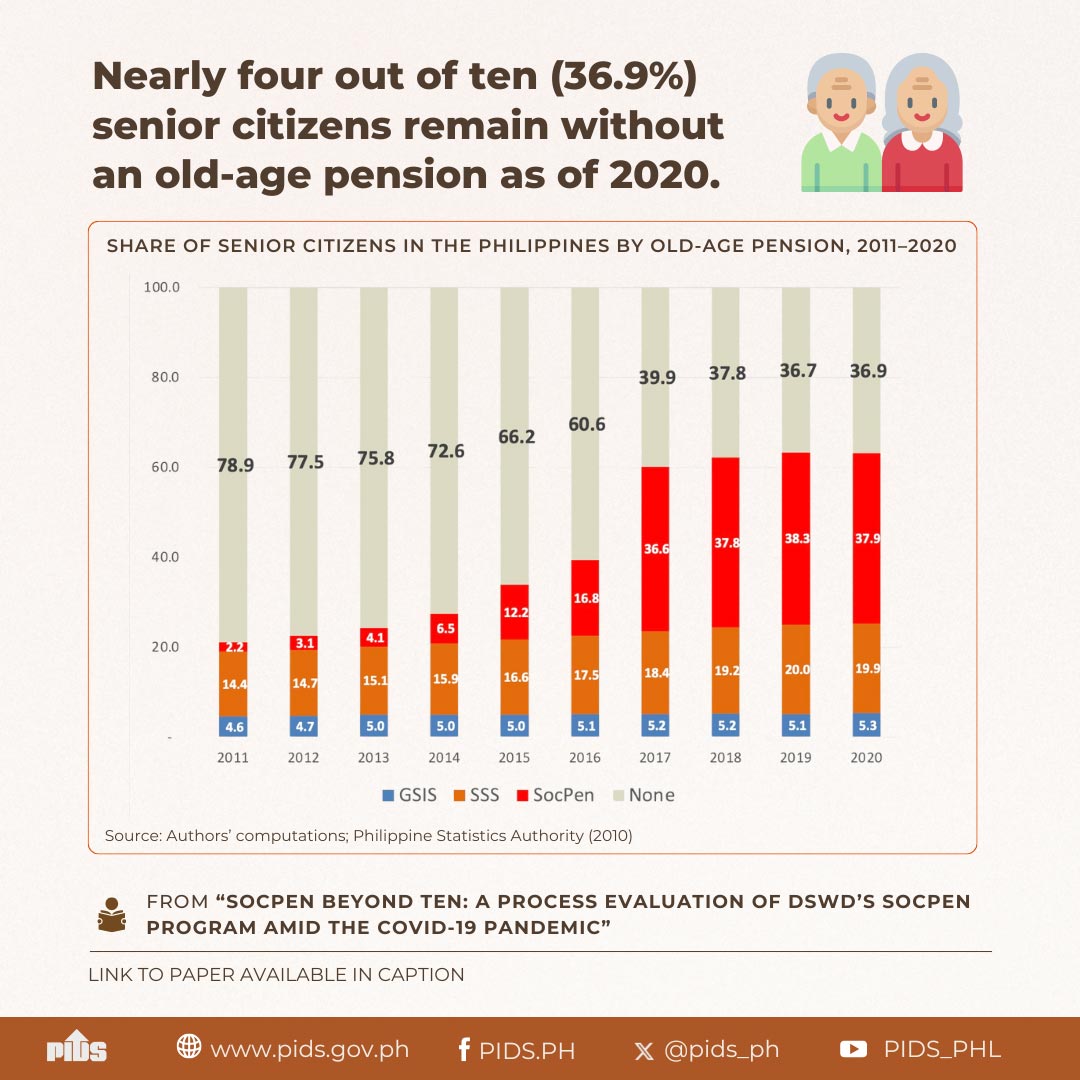This study reviews and evaluates the major contributory and noncontributory social protection programs that are currently in place as part of the government’s portfolio of social protection interventions, including social insurance (SSS, GSIS, PhilHealth), social welfare programs (e.g., Pantawid Pamilyang Pilipino Program or 4Ps, Food-for-School Program, NFA rice price subsidy, SEA-K) and social safety nets (e.g., Pantawid Kuryente), and active labor market programs (e.g., PGMA scholarships, job search assistance, and job creation). The evaluation focuses on four aspects: program coverage, size of the benefits/transfers, cost-effectiveness/efficiency, and financial sustainability. The major findings of the study include: (i) the bulk of national government spending on social safety nets went to the NFA rice price subsidy, a program that has been proven to be the least effective in reaching the poor; (ii) the objectives as well as intended beneficiaries of a number of programs (e.g., Food-for-School Program, school feeding programs, and 4Ps) overlap suggesting the need to consolidate some of them; (iii) the 4Ps appears to be superior than the FSP and supplemental feeding programs in addressing needs of chronic poor and is worth expanding and implementing on a sustained basis given large numbers of chronic poor households; (iv) the social security system, the social health insurance scheme, and many of the noncontributory social protection programs provide poor coverage of informal sector which includes the transient poor and the near poor; (v) hastily designed programs launched in response to crisis situations like the Tulong para kay Lolo at Lola and the Pantawid Kuryente are usually not very effective in reaching the poor and the vulnerable; (vi) public workfare program appears to be the most appropriate intervention to address needs of informal sector when there is an economy-wide crisis; (vii) expanding the coverage of the Sponsored Program of PhilHealth and improving the selection of beneficiaries are critical in providing the poor financial protection against illness and in making the public health system sustainable; (viii) there is a need to sustain the structural reforms at SSS and GSIS, including parametric reforms, design of benefit package and payment systems, and improvement in corporate governance, that have already been started in order to strengthen the financial sustainability of these institutions and reducing the contingent liabilities that the national government will face in the future, (ix) establishment of a centrally managed targeting system anchored on proxy means test will be cost effective if used for the major targeted programs; and (x) although national government spending on social protection has increased in response to the global financial crisis, national government’s spending on social welfare programs, social safety nets, and active labor market programs compares unfavorably with that of other countries.
Citations
This publication has been cited 9 times
- Albert, Jose Ramon and Connie Dacuycuy. 2017. Evaluation and assessment of the effectiveness of the DSWD internal and external convergence as operationalized by the regional, provincial, and city/municipality action teams. Working Papers id:12299. eSocialSciences.
- Albert, Jose Ramon G. and Connie B. Dacuycuy. 2017. Evaluation and assessment of the effectiveness of the DSWD internal and external convergence as operationalized by the regional, provincial, and city/municipal action teams. Discussion Papers DP 2017-32. Philippine Institute for Development Studies.
- Balisacan, Arsenio. 2010. MDGs in the Philippines: Setting the poverty scores right and achieving the targets. Philippine Review of Economics, 47, no. 2, 1-20. University of the Philippines School of Economics and Philippine Economic Society.
- Balisacan, Arsenio et.al. 2010. The Philippine economy and poverty during the global economic crisis. Philippine Review of Economics, 47, no. 1, 1-37. University of the Philippines School of Economics and Philippine Economic Society.
- Balisacan, Arsenio M. et.al. 2010. The Philippine economy and poverty during the global economic crisis. UP School of Economics Discussion Papers 201008. University of the Philippines School of Economics.
- Manasan, Rosario G. 2011. A review of social insurance in the Philippines. Philippine Journal of Development PJD 2009 Vol. XXXVI No. 2. Philippine Institute for Development Studies.
- Martinez, Arturo Jr. et.al. 2014. Is there income mobility in the Philippines?. Asian-Pacific Economic Literature 28(1), 96-115. Asia Pacific School of Economics and Government, The Australian National University.
- van der Meulen Rodgers, Yana and Nidhiya Menon. 2012. Impact of the 2008–2009 twin economic crises on the Philippine labor market. World Development, 40, no. 11, 2318-2328. Elsevier.
- Zveglich, Joseph E., Yana van der Meulen Rodgers, and Editha A. Laviña. 2019. Expected work experience and the gender wage gap: A new human capital measure. Economic Modelling, 83(C), 372-383. Elsevier.


